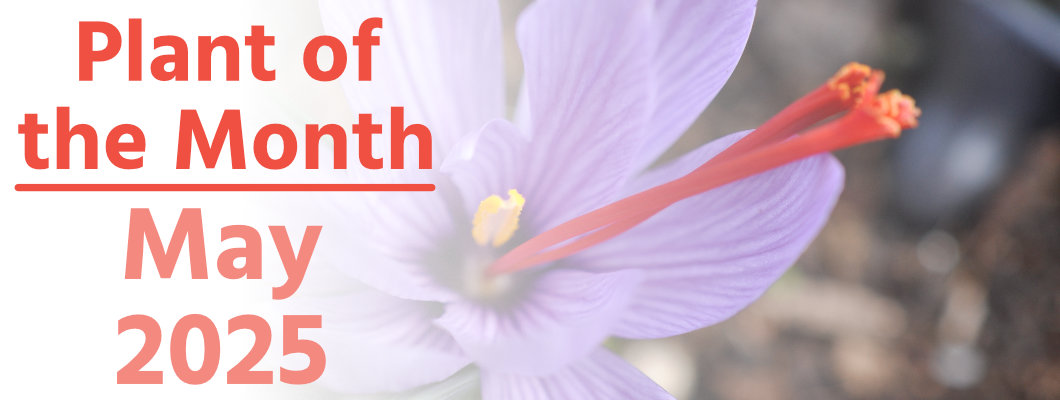
Title image above is copyright © Kristi Ellinopoullos
First published 1st May 2025
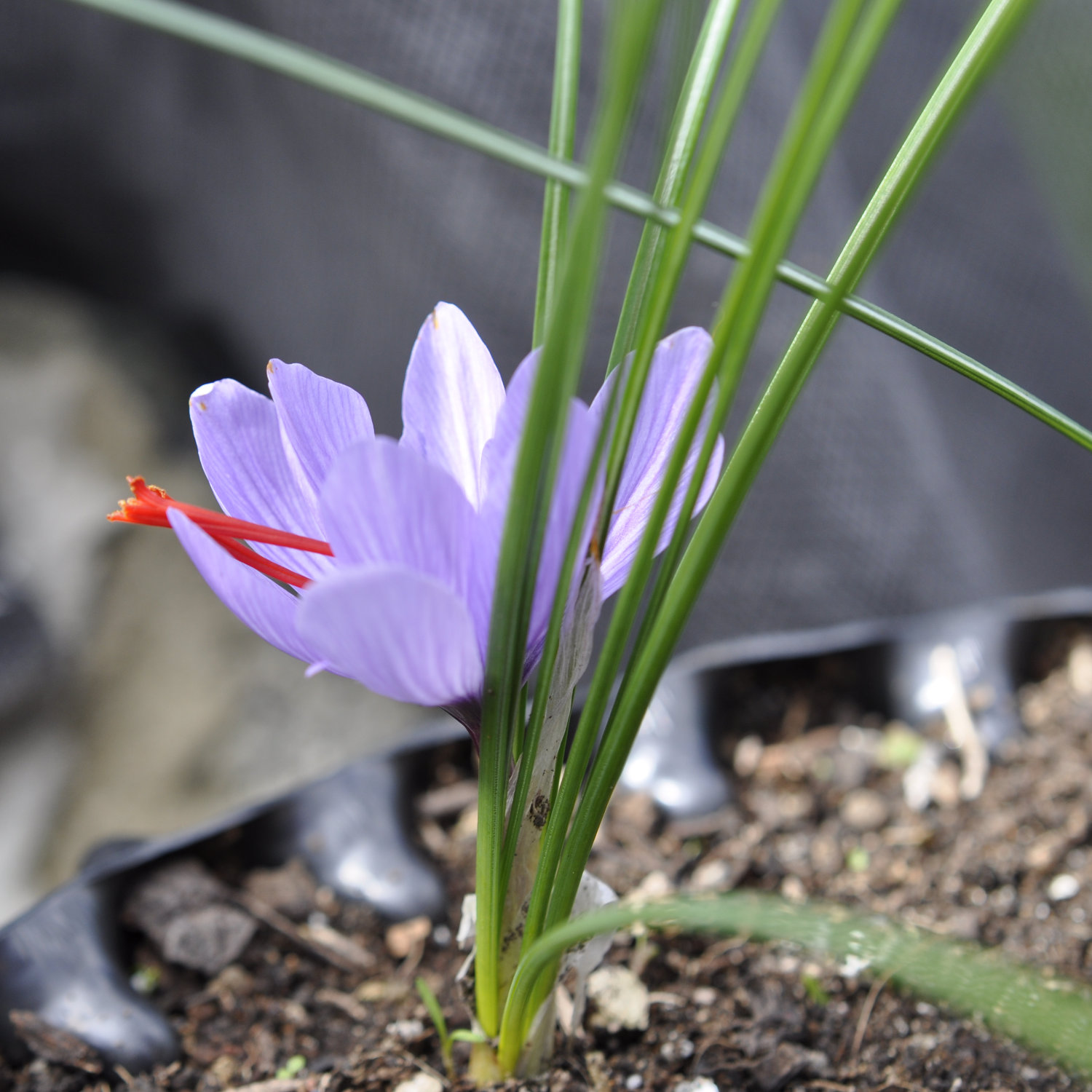
Saffron (Crocus sativus)
Family: Iridaceae (includes freesias, gladioli, and crocuses)
Genus: Crocus (includes crocuses)
Botanical/Binomial Name: Crocus sativus
Meaning of Name:
Crocus, from Latin crocus, from Ancient Greek κρόκος (krókos, ‘saffron’); and
sativus, from Latin satīvus (‘sown, planted’): denotes a cultivated species when used as the species name in taxonomy
Common Names: Saffron
Botanical Characteristics: Herbaceous | Perennial | Cormous | Frost hardy
Propagation: Corms
Plant Description:
Saffron is a perennial herbaceous plant with long thin leaves about 100 mm to 300 mm high. After a long winter-summer dormancy, the leaves grow from an underground corm (similar yet different to a bulb) in late summer/early autumn and flower mid-late autumn.
It is the flower which is highly prized, as the saffron threads used in cooking are the red stigmas and styles, visible in the header photo. The stigma is the female part of the flower which receives pollen, and the style is the female part of the flower connecting the stigma to the ovary.
Below is a diagram of a ‘perfect flower’ — one with both male and female parts and which is self-fertilising — showing these parts:
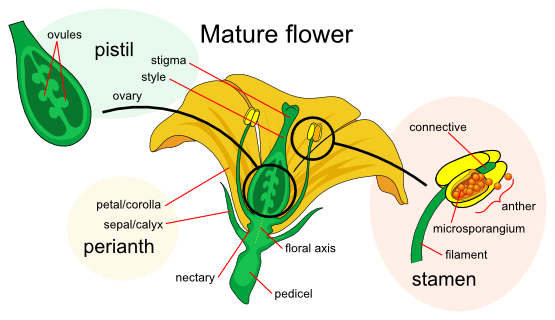
Anatomy of a perfect flower
Attribution: LadyofHats, Public domain, via Wikimedia Commons
Saffron is one of the world’s most expensive spices owing to its low yield and labour-intensive harvest — with just three stigmas per flower, which must be hand-plucked, many hours and many stigmas are required for a commercial yield.
Growing Information:
Saffron corms are very hardy and easy to grow in pots or in the ground so long as they have full sun and well-drained soil rich in organic matter. Cold winters are essential for flowering to occur the following autumn.
Each corm typically grows another two or three above it, thus each plant is capable of tripling or even quadrupling.
I strongly recommend they have excellent drainage, and do consider growing in raised beds or deep pots if you have wet winters. I only grow my saffron in the 20 L and 38 L Air-Pot containers because of the exceptional aeration and drainage they provide.
Corms can be left in place when they enter dormancy, but overcrowding over time will reduce flowering and quality. It is best to lift and replant the separate corms 100 mm to 150 mm apart at the end of summer — this is another reason I only use Air-Pot containers as it’s too easy to undo the wall and allow everything to spill out and pick through. There is also zero risk of damaging the corms with trowels or other digging tools, as no digging is required!
Small corms are not likely to flower that year, but will still grow a healthy plant which helps the corm itself grow. Larger corms are more likely to produce multiple blooms. A corm lasts up to five years and will have multiplied itself several times over by then.

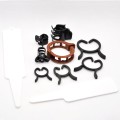
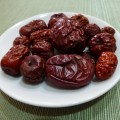
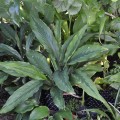
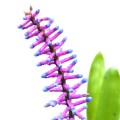
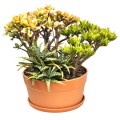
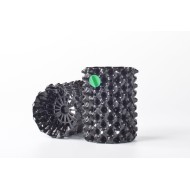
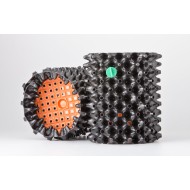
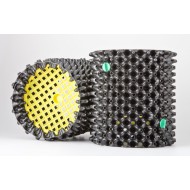
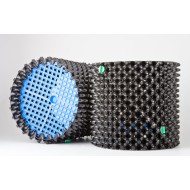
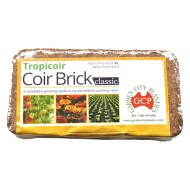
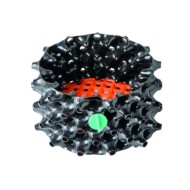
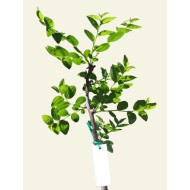
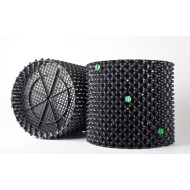
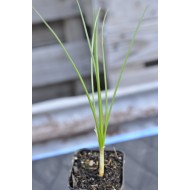
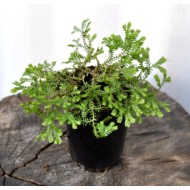
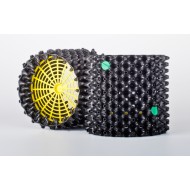
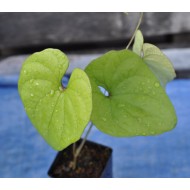
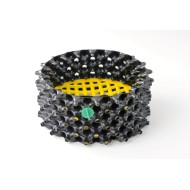
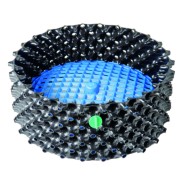
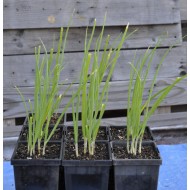
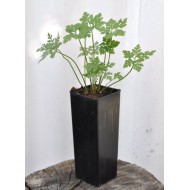
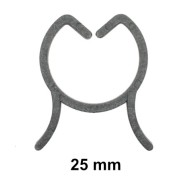
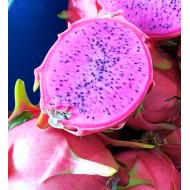

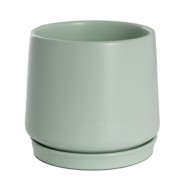
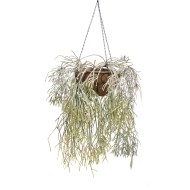
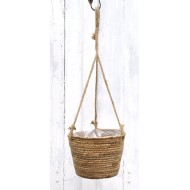
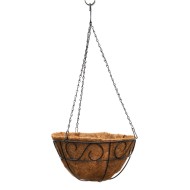
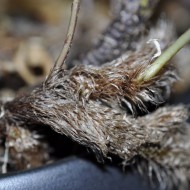
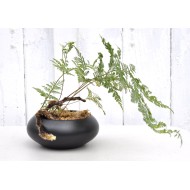
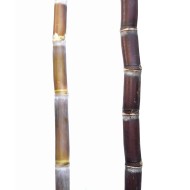
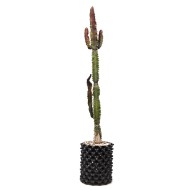
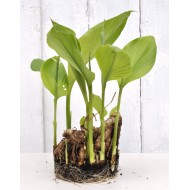
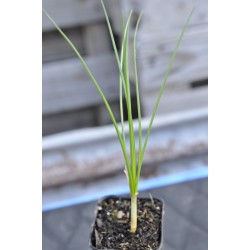
Leave a Comment